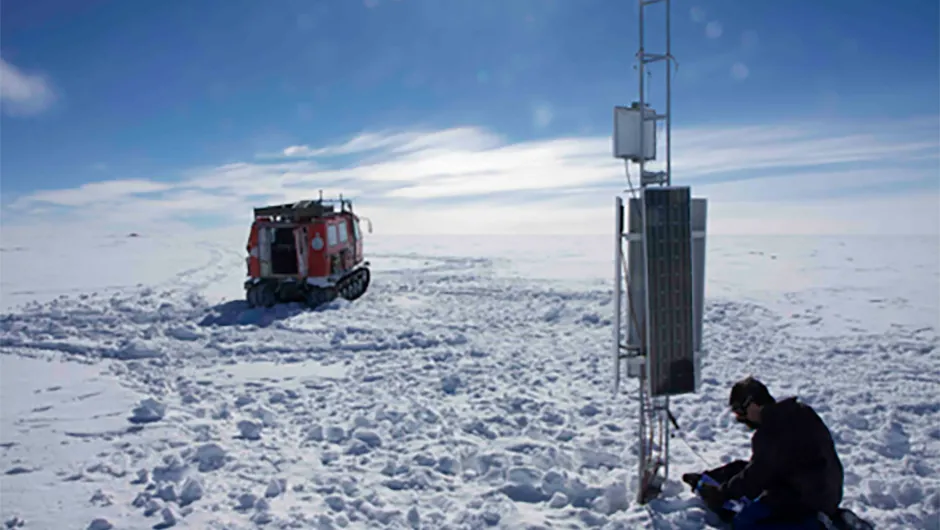In 2004 the European Space Agency (ESA) began a scientific study at their remote Concordia laboratory on Antarctica.
Last Sunday, the Sun set for the final time over a group of individuals who will now spend the next three months on this barren continent in complete darkness.
They will be subject to the harshest conditions on Earth enduring temperatures lower than -60C, breathing a third less oxygen than at sea level and all in complete isolation – it’s 600km to the nearest human settlement.
There is no wildlife; even bacteria find it hard to survive under such conditions.
On a planet brimming with life and colour, it is completely alien in appearance, which is exactly why ESA are there, Concordia provides an ideal test bed for future long haul space missions.

The aim of the facility is to monitor the effects on the human mind of such extreme conditions.
The base is even more isolated than the International Space Station, making it ideal for such research.
A variety of experiments are carried out on the crew including psychological questionnaires and social interaction and cooperation is measured between team members.
ESA’s long-term goal is to develop an electronic partner for astronauts to rely on in unexpected and complex situations whilst in deep space.
The computer will be able to understand the astronaut’s mood and be able to deliver information to suit their mood.
Simple games, team-building tasks, interpretation of video diaries and questionnaires have all been used to contribute to this research.
The physiology of the crew is also closely monitored.
Recordings made while subjects sleep are used to monitor the affects of hypoxia, darkness and isolation on sleep patterns.
Doctors measure hormones and RNA in blood and saliva to see the effects of conditions on the cardiovascular system.
Concordia provides a clean environment for new materials to be tested, so ESA are using the site to put new spacecraft components – resistant to harmful bacteria and mould – through their paces.
Essentially the research that ESA conducts at Concordia is in preparation for one thing: a mission to Mars.
This unique environment, with its incredible extremes, is the closest we can get to space on Earth.

